Events
Events
An Unfulfilled promise: Desegregation and busing in boston

Soul of Boston
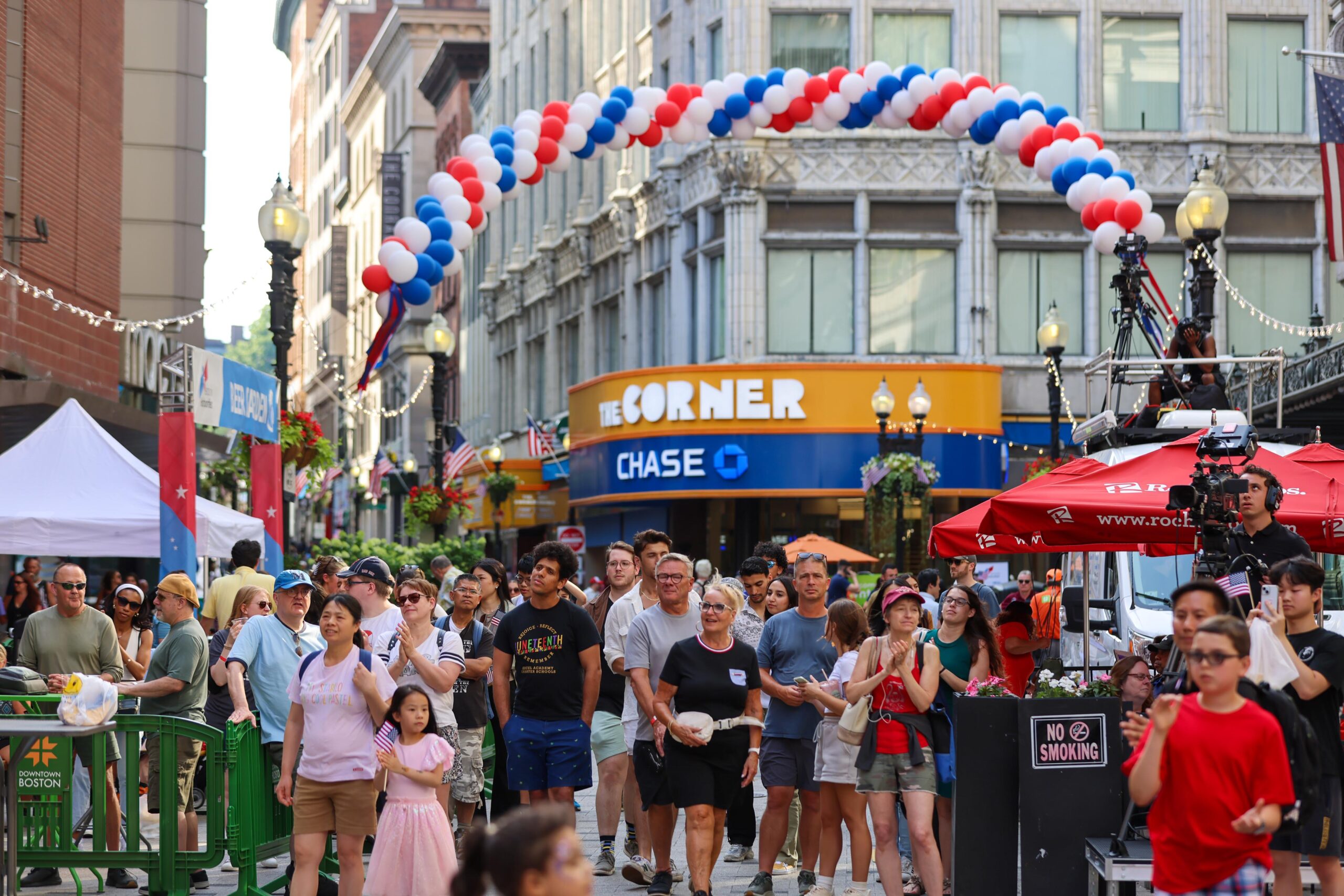
Shore Leave Block Party
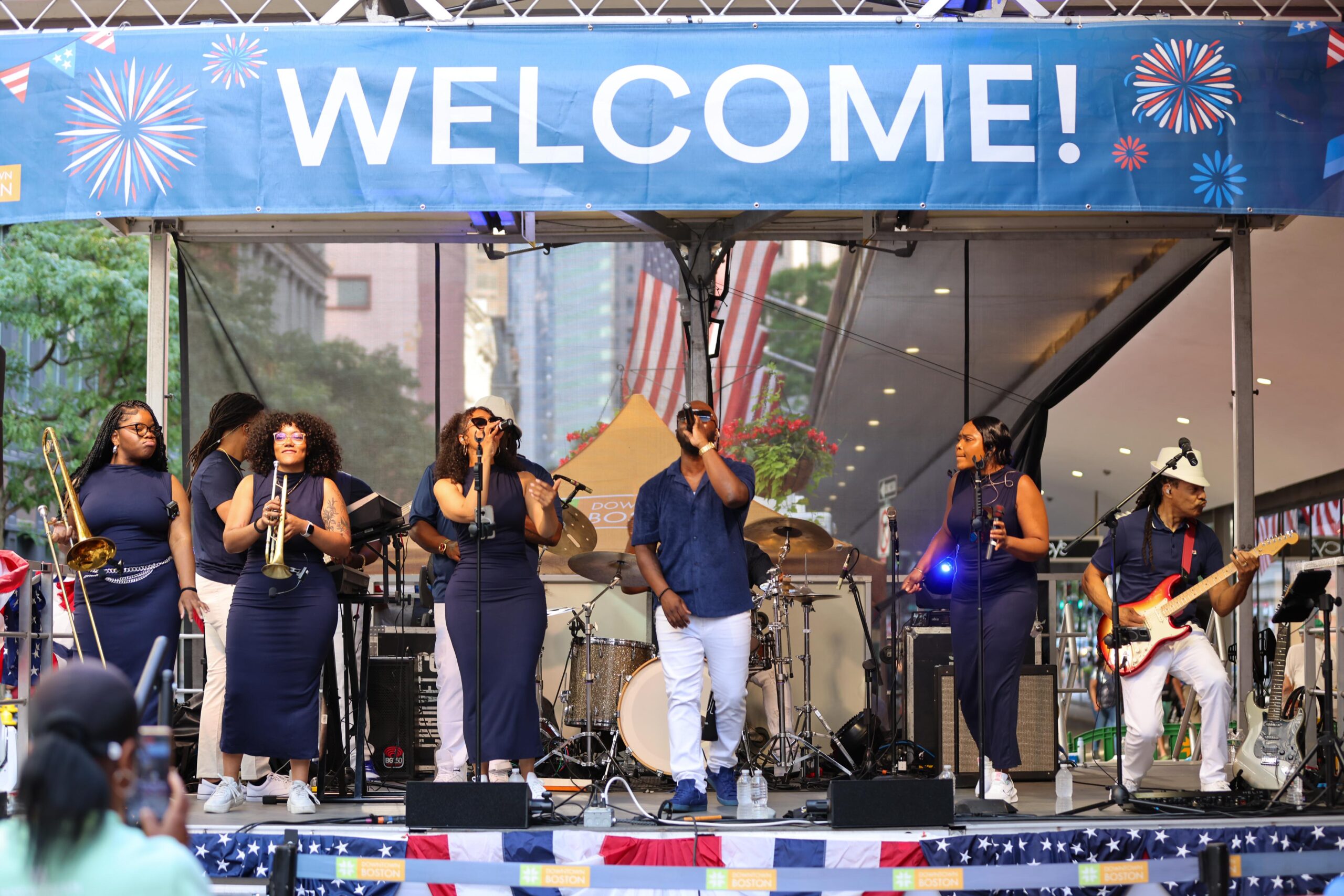
Downtown Boston Arts Market
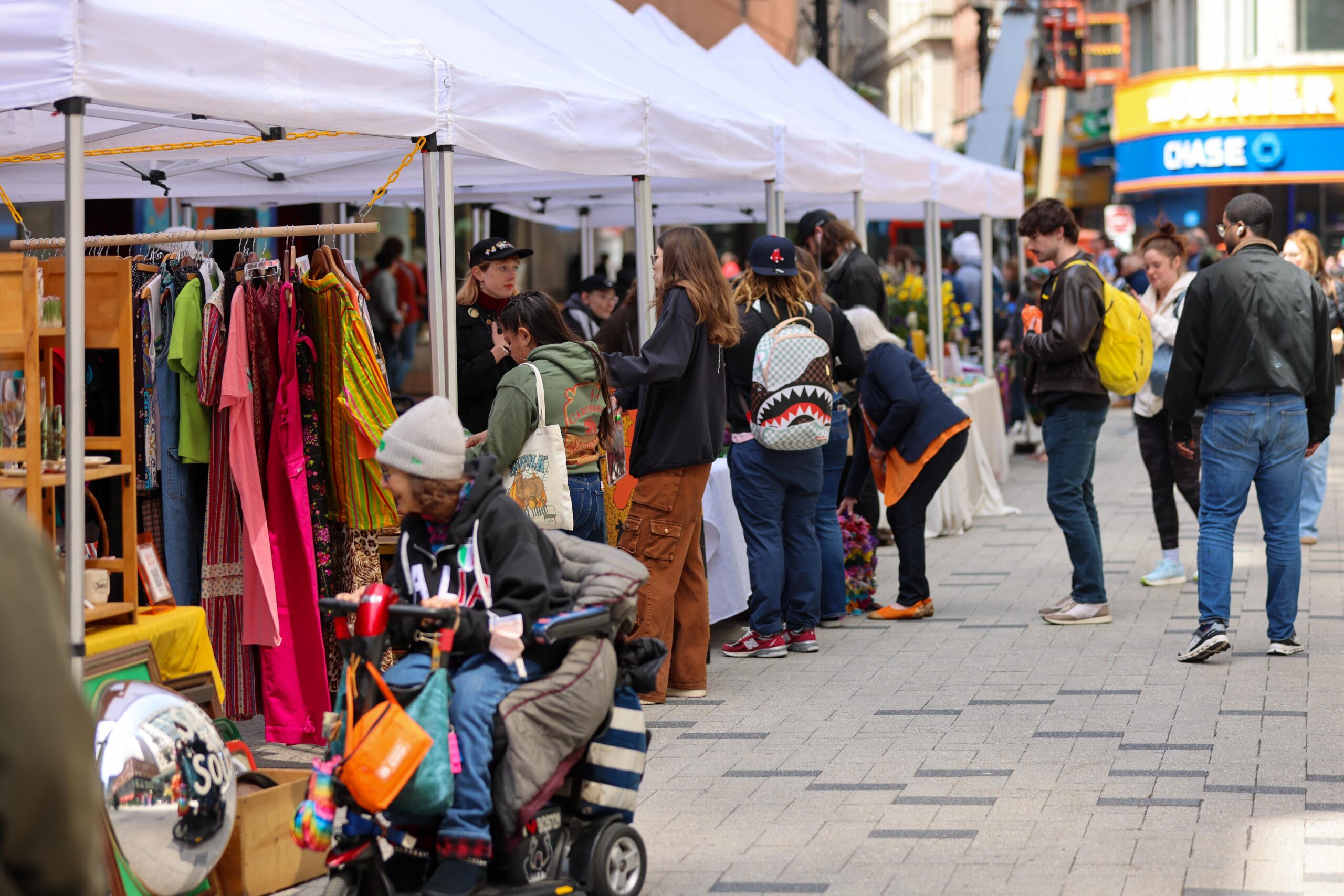
Freedom Trail History Tour and Brewery Taste

Sweat & Sip Rooftop Summer Yoga Series

Freedom Trail History Tour and Brewery Taste

Downtown Boston Arts Market

Summer Celebration on Brewer Plaza
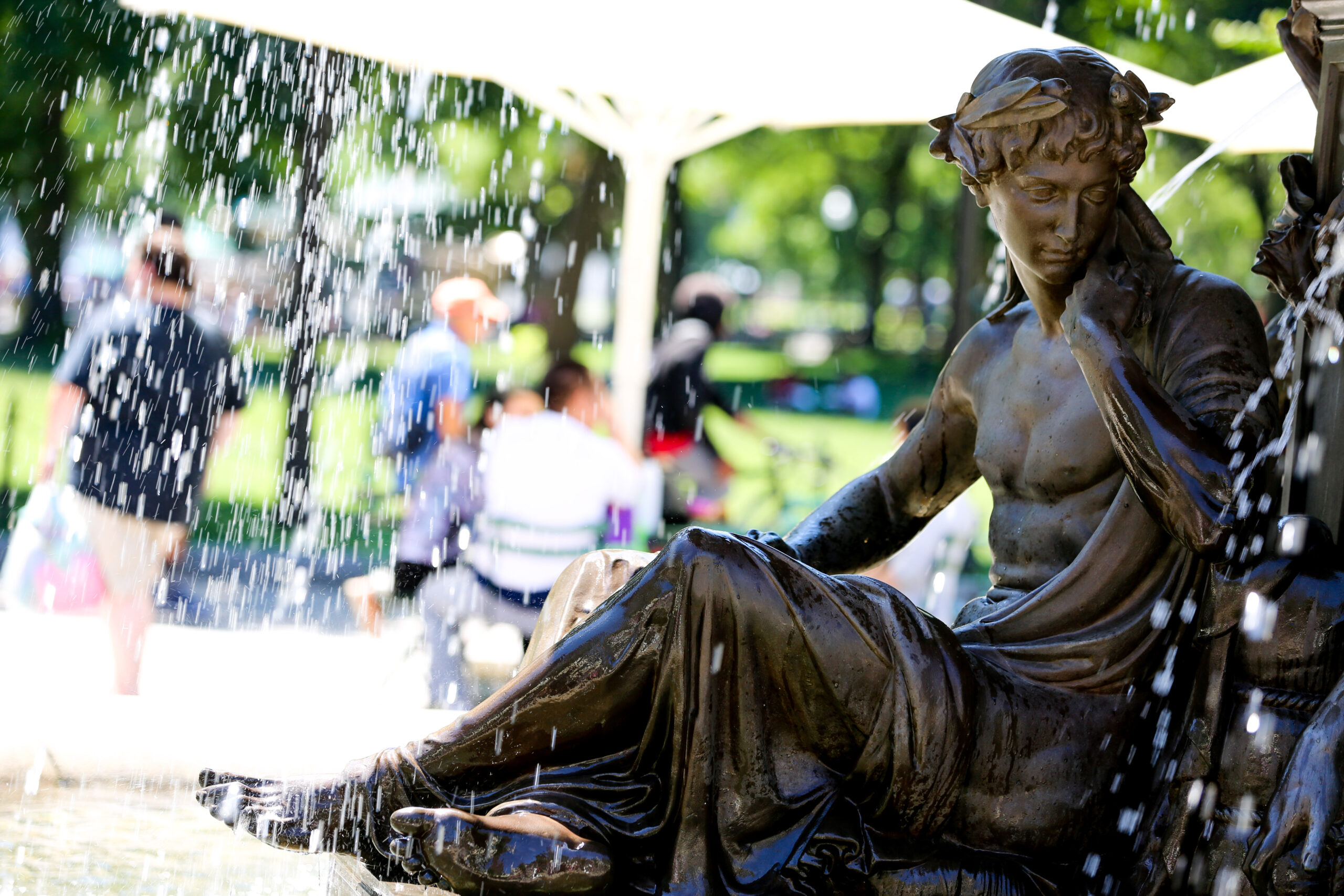
Downtown Boston Arts Market

Freedom Trail History Tour and Brewery Taste

Sweat & Sip Rooftop Summer Yoga Series

Freedom Trail History Tour and Brewery Taste

Queer Artists Market

“Weird Al” Yankovic

Downtown Boston Arts Market

Downtown Boston Arts Market

Freedom Trail History Tour and Brewery Taste

Sweat & Sip Rooftop Summer Yoga Series

Freedom Trail History Tour and Brewery Taste

Downtown Boston Arts Market

Sensory-Friendly Mornings at Revolutionary Spaces

Downtown Boston Arts Market

Freedom Trail History Tour and Brewery Taste

Sweat & Sip Rooftop Summer Yoga Series

Freedom Trail History Tour and Brewery Taste

Boston Women’s Market

COCO Afro-Caribbean Block Party

Holly Jolly in July!

Downtown Boston Arts Market

Downtown Boston Arts Market

Freedom Trail History Tour and Brewery Taste

Lost 80s Live

Sweat & Sip Rooftop Summer Yoga Series

Freedom Trail History Tour and Brewery Taste

Downtown Boston Arts Market

Downtown Boston Arts Market

Freedom Trail History Tour and Brewery Taste

Sweat & Sip Rooftop Summer Yoga Series

Freedom Trail History Tour and Brewery Taste

Downtown Boston Arts Market

Downtown Boston Arts Market

Freedom Trail History Tour and Brewery Taste

Sweat & Sip Rooftop Summer Yoga Series

Freedom Trail History Tour and Brewery Taste

Downtown Boston Arts Market

Sensory-Friendly Mornings at Revolutionary Spaces

Downtown Boston Arts Market

Freedom Trail History Tour and Brewery Taste

Sweat & Sip Rooftop Summer Yoga Series

Freedom Trail History Tour and Brewery Taste

Downtown Boston Arts Market

Downtown Boston Arts Market

Freedom Trail History Tour and Brewery Taste

Sweat & Sip Rooftop Summer Yoga Series

Freedom Trail History Tour and Brewery Taste

Downtown Boston Arts Market

Downtown Boston Arts Market

Freedom Trail History Tour and Brewery Taste

Sweat & Sip Rooftop Summer Yoga Series

Freedom Trail History Tour and Brewery Taste

Downtown Boston Arts Market

Downtown Boston Arts Market

Freedom Trail History Tour and Brewery Taste

Freedom Trail History Tour and Brewery Taste

The Australian Pink Floyd Show

Downtown Boston Arts Market

Kristina Wong, Food Bank Influencer
Downtown Boston Arts Market

Freedom Trail History Tour and Brewery Taste

Freedom Trail History Tour and Brewery Taste

Wardruna: World Tour 2025 – Part II

Downtown Boston Arts Market

Thee Phantom & The Illharmonic Orchestra

Downtown Boston Arts Market

Freedom Trail History Tour and Brewery Taste

Buena Vista Orchestra

Freedom Trail History Tour and Brewery Taste

Avatar: The Last Airbender In Concert
Avatar: The Last Airbender In Concert
An Evening with Samin Nosrat
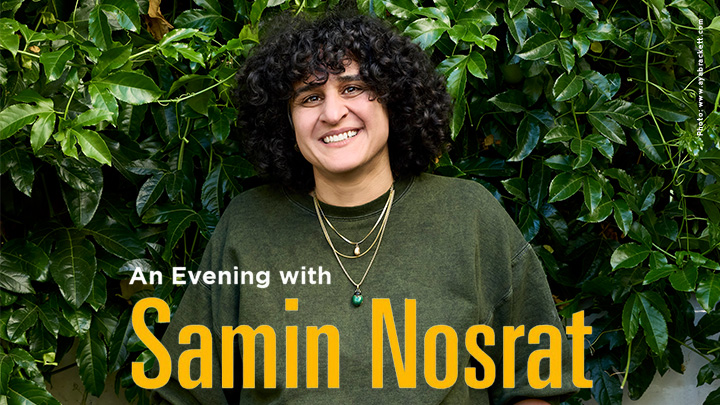
Steven Wilson: The Overview Tour

The Rocky Horror Picture Show

Downtown Boston Arts Market

Downtown Boston Arts Market

Freedom Trail History Tour and Brewery Taste

Freedom Trail History Tour and Brewery Taste

Blessing of the Animals
Stardew Valley: Symphony of Seasons
Hang Time

Downtown Boston Arts Market

Downtown Boston Arts Market

Freedom Trail History Tour and Brewery Taste

Freedom Trail History Tour and Brewery Taste

The Gipsy Kings featuring Nicolas Reyes

Downtown Boston Arts Market

Downtown Boston Arts Market

Freedom Trail History Tour and Brewery Taste

Il Divo by Candlelight

Freedom Trail History Tour and Brewery Taste

Downtown Boston Arts Market

Downtown Boston Arts Market

Freedom Trail History Tour and Brewery Taste

TINA – The Tina Turner Musical

Freedom Trail History Tour and Brewery Taste

Leanne Morgan

Herbie Hancock

The 4th Witch
Freedom Trail History Tour and Brewery Taste

Freedom Trail History Tour and Brewery Taste

The Life and Music of George Michael

Twilight In Concert

Twilight In Concert

Freedom Trail History Tour and Brewery Taste

Steve Martin & Martin Short: “The Dukes of Funnytown!”

Freedom Trail History Tour and Brewery Taste

I’m With Her – Wild and Clear and Blue 2025

Harry Potter and the Cursed Child

HARRY POTTER AND THE CURSED CHILD

HARRY POTTER AND THE CURSED CHILD

HARRY POTTER AND THE CURSED CHILD

Freedom Trail History Tour and Brewery Taste

HARRY POTTER AND THE CURSED CHILD

Freedom Trail History Tour and Brewery Taste

HARRY POTTER AND THE CURSED CHILD

HARRY POTTER AND THE CURSED CHILD

HARRY POTTER AND THE CURSED CHILD

HARRY POTTER AND THE CURSED CHILD

HARRY POTTER AND THE CURSED CHILD

HARRY POTTER AND THE CURSED CHILD

HARRY POTTER AND THE CURSED CHILD

Freedom Trail History Tour and Brewery Taste

HARRY POTTER AND THE CURSED CHILD

SpaceBridge
Penn & Teller

Freedom Trail History Tour and Brewery Taste

HARRY POTTER AND THE CURSED CHILD

HARRY POTTER AND THE CURSED CHILD

HARRY POTTER AND THE CURSED CHILD

HARRY POTTER AND THE CURSED CHILD

HARRY POTTER AND THE CURSED CHILD

HARRY POTTER AND THE CURSED CHILD

HARRY POTTER AND THE CURSED CHILD

‘Twas the Night Before…

HARRY POTTER AND THE CURSED CHILD

HARRY POTTER AND THE CURSED CHILD

HARRY POTTER AND THE CURSED CHILD

HARRY POTTER AND THE CURSED CHILD

HARRY POTTER AND THE CURSED CHILD

HARRY POTTER AND THE CURSED CHILD

HARRY POTTER AND THE CURSED CHILD

HARRY POTTER AND THE CURSED CHILD

HARRY POTTER AND THE CURSED CHILD

HARRY POTTER AND THE CURSED CHILD

HARRY POTTER AND THE CURSED CHILD

HARRY POTTER AND THE CURSED CHILD

HARRY POTTER AND THE CURSED CHILD

HARRY POTTER AND THE CURSED CHILD

HARRY POTTER AND THE CURSED CHILD

HARRY POTTER AND THE CURSED CHILD

HARRY POTTER AND THE CURSED CHILD

HARRY POTTER AND THE CURSED CHILD

HARRY POTTER AND THE CURSED CHILD

HARRY POTTER AND THE CURSED CHILD

HARRY POTTER AND THE CURSED CHILD

HARRY POTTER AND THE CURSED CHILD

The Rock Orchestra by Candlelight

HARRY POTTER AND THE CURSED CHILD

HARRY POTTER AND THE CURSED CHILD

HARRY POTTER AND THE CURSED CHILD

HARRY POTTER AND THE CURSED CHILD

HARRY POTTER AND THE CURSED CHILD

HARRY POTTER AND THE CURSED CHILD

Noli Timere
The Things Around Us
Stereophonic

In Old Age
The Secret Sharer
Add Your Heading Text Here
Boston hosts thousands of events every year! Public art, musical performances, marquee attractions, and block parties are only a few of the ways in which you can expect to enjoy the vibrant neighborhood. There is always plenty to explore, so check out the event calendar and find your next adventure!
Plan Your Visit

Downtown Boston is easy to get to, with connections to all major MBTA lines, a network of bike lines, ample parking garages, and flat walkable streets. Then, once you arrive, stay at one of 7 beautiful and welcoming hotels.
Live here
IN THE HEART OF IT ALL
From high-rise apartments with unreal views to renovated lofts and student dorms, Downtown Boston has a spot for everyone. There’s nowhere more lively and convenient to call home than right in the heart of the city.
Work Here
DO BUSINESS
In downtown, finding a spot to work is a non-issue. For remote workers craving a change of scenery, there are plenty of cafés and co-working spaces. If you prefer spending days in the office, it’s a convenient and easy commute to top companies.



